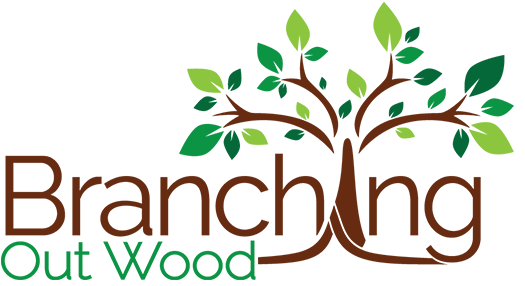I finish almost all of my finished hardwood products with three coats of spar urethane or polyurethane. Especially in relation to my coasters, I’ve been asked how good is that at protecting the appearance? I typically reference the marketing claims of the product I use - “it’s typically used for outdoor furniture, so it’ll give a very long life to the coasters”:
Minwax® Helmsman® Spar Urethane is specially formulated as a protective clear finish for exterior or interior wood exposed to sunlight, water, or temperature changes.
Contains UV blockers to reduce the sun's graying and fading effects.
Forms a protective barrier against rain and moisture.
Special oils allow the finish to expand and contract with the wood as seasons and temperatures change.
But how good is it, really? How does it compare to other finishes? And is applying that third coat - of whatever finish - really that important?
Fortunately for us, the Forest Products Laboratory - the national research lab of the United States Forest Service, which in turn is part of the the United States Department of Agriculture - has done a lot of research on exactly this topic, which they’ve documented in this free document (published 1999), “Finishing of Wood”.
To read lots more about wood engineering properties, this chapter just a small part of a much larger document, Wood Handbook: Wood as an Engineering Material (2010) - an excellent resource which also provided some of the reference data in this earlier post on wood movement with moisture. However, note that although the latest version of the book - published 2010 - has lots of new content and many updates, the finish effectiveness table that I’ve excerpted from is much truncated; the 1999 version of that table is far more exhaustive.
The way FPL tested finishes was to coat a dried pine board with one, two, and three coats of each of 27 different finishes (and for a few finishes, such as shellac, urethane, up to six coats) - for a total of 164 different tests. Each of those boards was then placed in an environment with 90% relative humidity. The moisture content of each of those boards was then measured after one day, one week, and two weeks. A moisture-excluding effectiveness of 100% means that the board absorbed zero moisture over that period, so higher numbers are better in this table.
At the near-perfect end is a board dipped in paraffin wax, with 100% effectiveness over one day, and 95% over two weeks, with just one “coat”. Paraffin wax is recommended to seal the ends of logs / board that you are air drying to prevent checking and splitting, but it’s not really an option for a finished piece. Three coats of tung oil - which I used on some earlier pieces - has an effectiveness of 52% over one day, but only 2% over two weeks. And house paint, for comparison, falls right in the middle of those two extremes.
Two takeaways from this table are that in almost all the finishes, that third coat does help form a materially stronger moisture barrier, but that no moisture barrier is 100% effective.
Back to my finish of choice, spar urethane: unfortunately, it’s not in the table. It’s not oil-modified; that oil-modified version forms a harder finish, which is recommended as a floor finish, but as its hard, its also a little more brittle and might be more likely to crack for smaller objects - and also, as it’s oil-based, it has more fumes and involves more effort in the cleanup. Though spar urethane is different from “two component polyurethane), my guess is that that’s the closest finish on the list to what I use; you can read more about two-part polyurethane here.
Though there isn’t an exact match in this table to what I use, at least now I know that that third coat is a worthwhile investment for their moisture-resistance qualities. And assuming that spar urethane and two component polyurethane are roughly similar in effectiveness, it’s nice to know that I’m on the higher end of the finishes listed here.
What’s your favorite finish, or your “secret recipe”?


